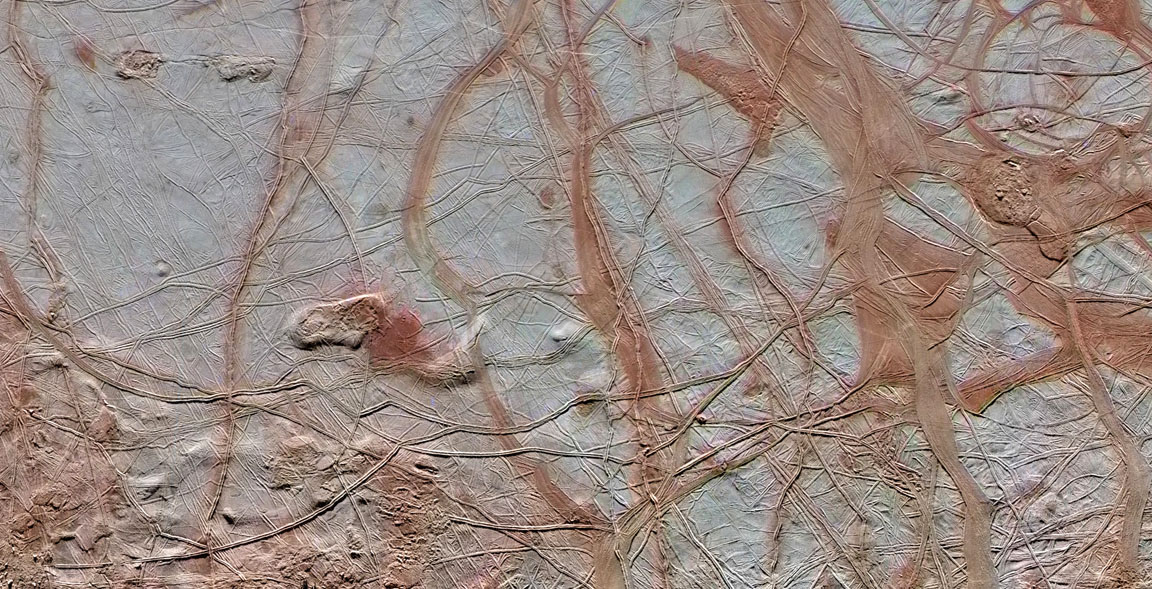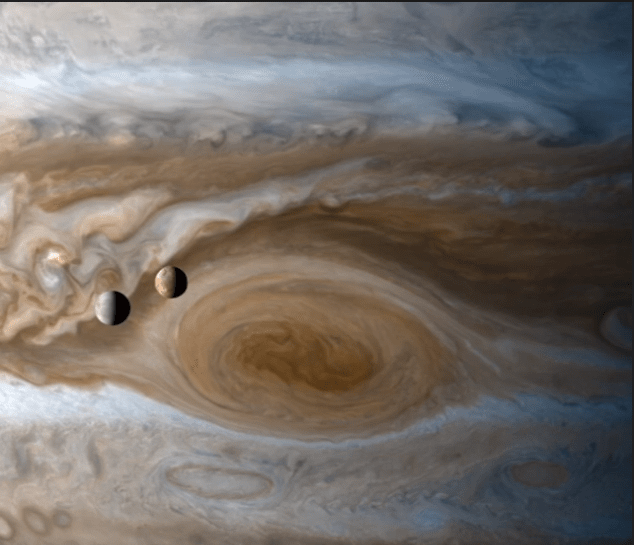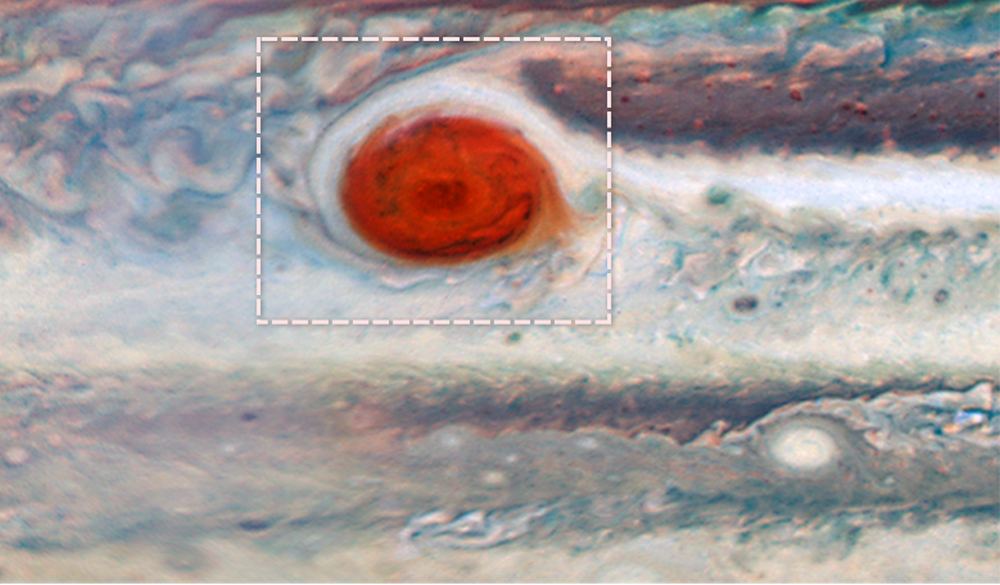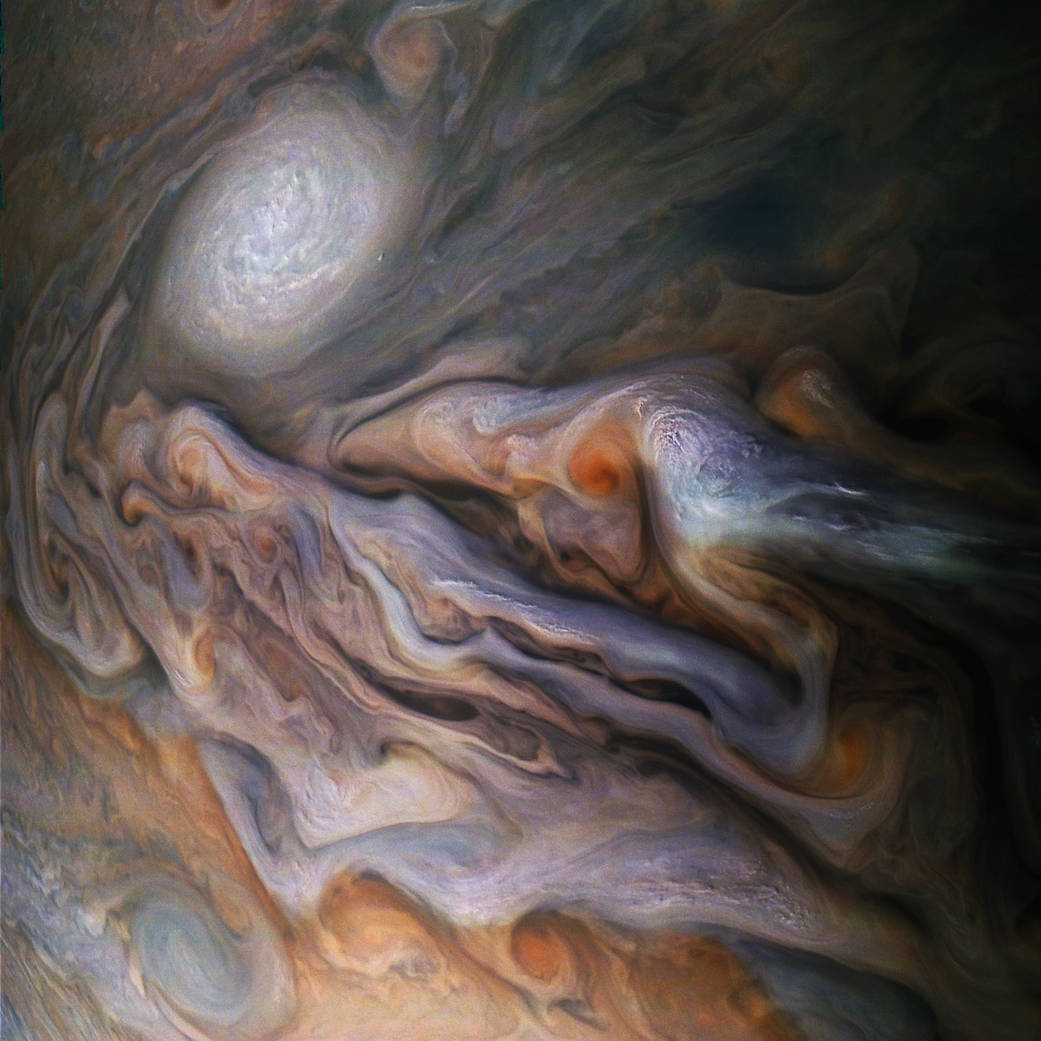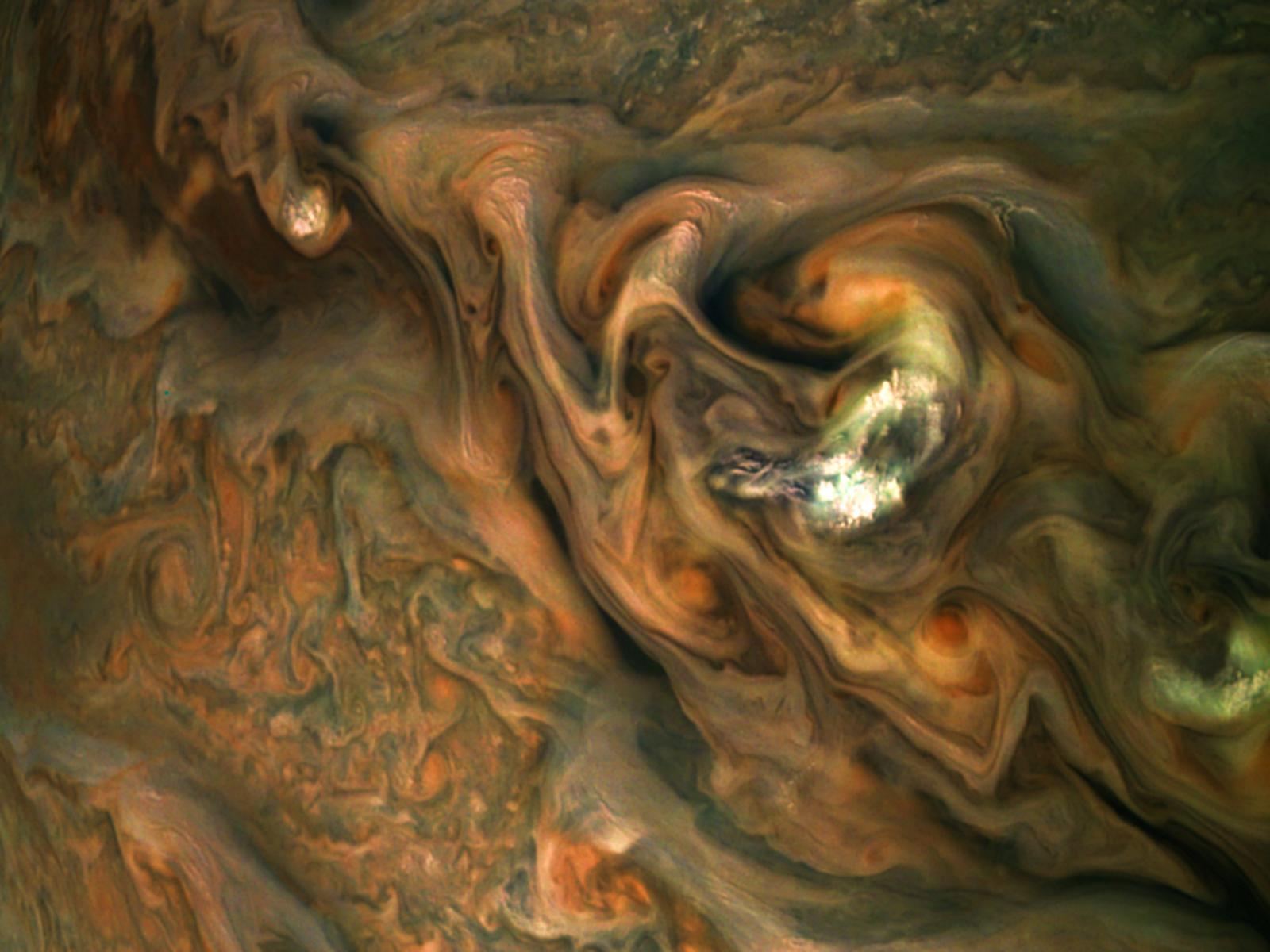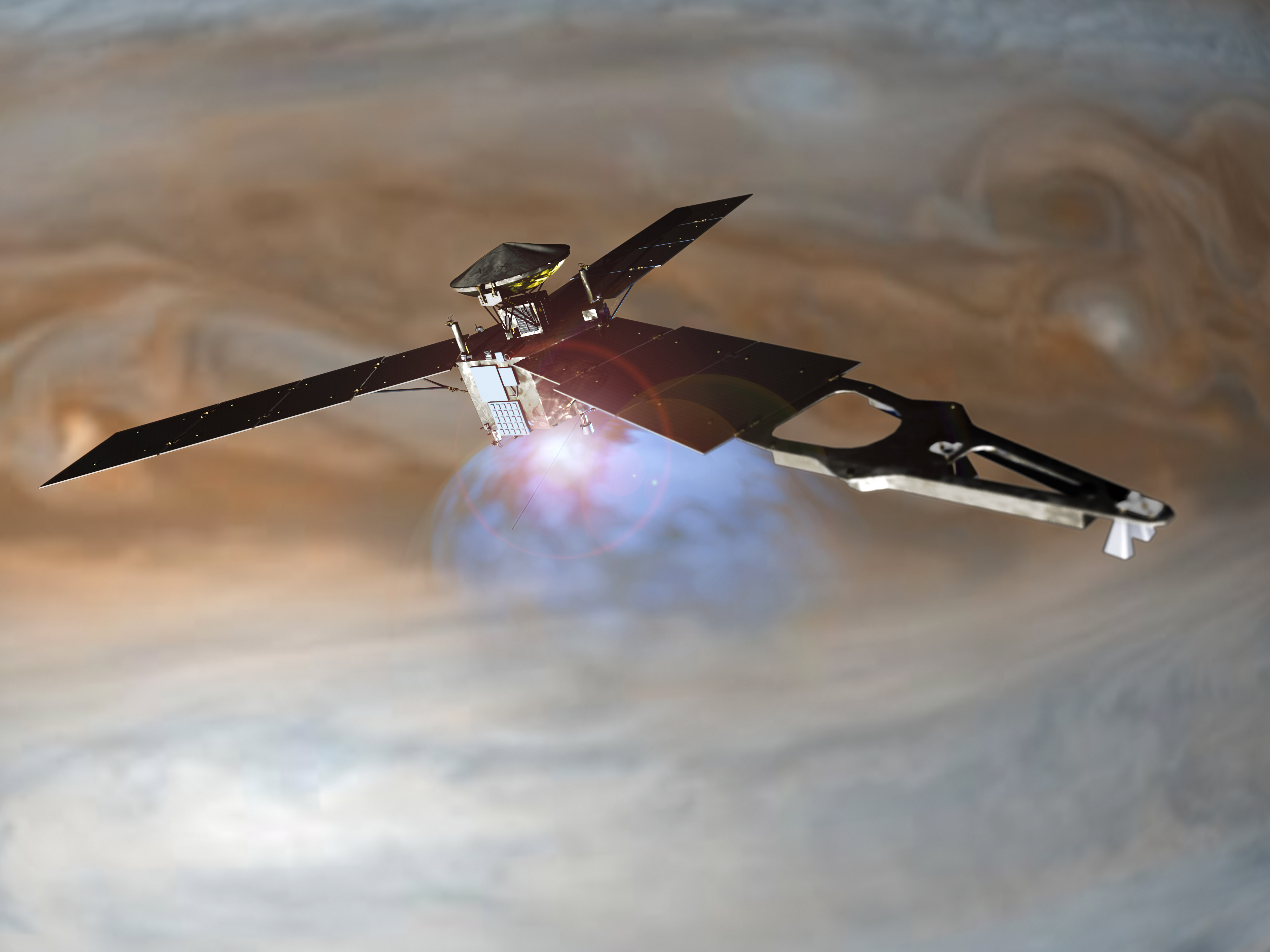The better our technologies get, the better we get at finding objects in space. That’s certainly true of Jupiter and its moons. Prior to Galileo, nobody knew the other planets had moons. Then in 1609/10, as he made improvements to his telescope, he aimed it at the gas giant and eventually found four moons: Io, Europa, Ganymede, and Callisto. Now those four natural satellites also bear his name: the Galilean moons.
Over the centuries since then, and especially in our digital age, astronomical tools and methods kept improving. In particular, wide-field CCD (Charge Coupled Devices) have led to an explosion of astronomical discoveries. In recent years, the confirmed number of Jovian moons has risen to 79. Now, a new study says that there may be 600 small irregular moons orbiting Jupiter.
Continue reading “Jupiter Probably Has 600 Small, Irregular Moons”

